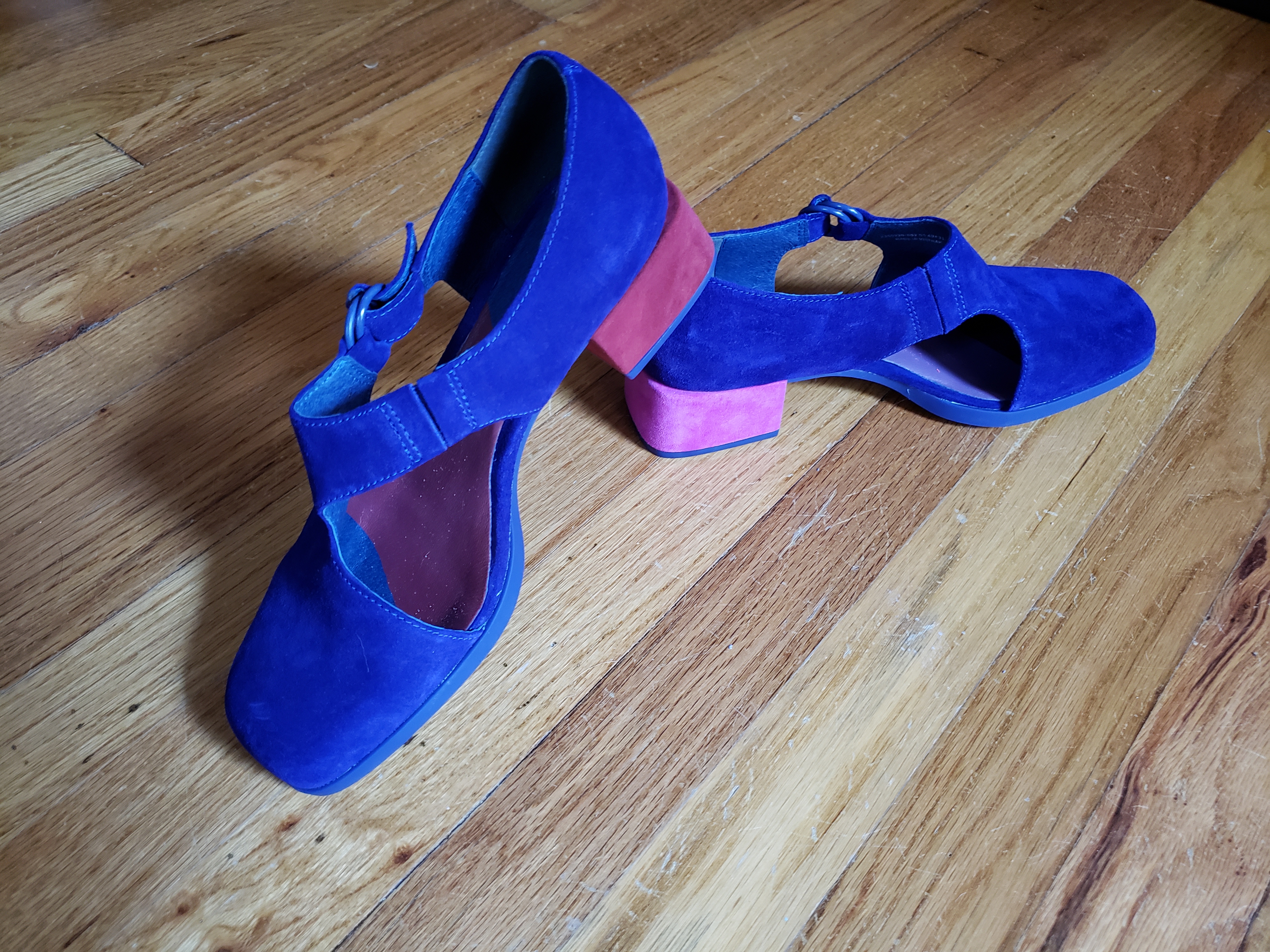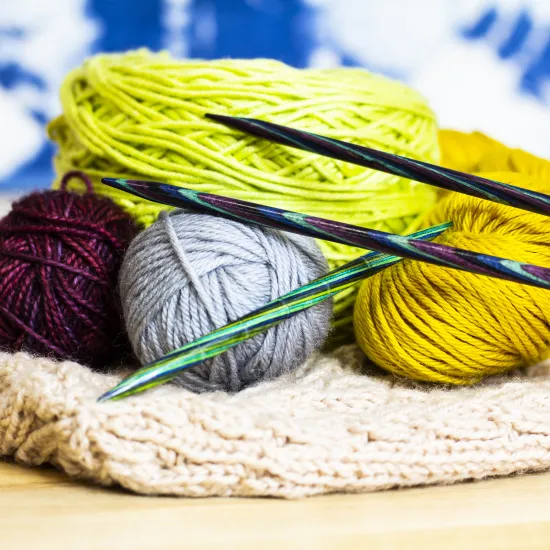- Heather M.
- Monday, August 10, 2020
One of the hardest parts of the writing process is the blank page staring back at you. Writing a monologue is a good way to get your creative juices flowing and find your character's voice.
Monologues appear most commonly in theatre but they also show up in books. In a play, a monologue is a moment where one person (mono) is speaking (logue). Sometimes they are alone onstage, but sometimes they are speaking to other characters.
Playwrights often use monologues as a way for characters to reveal their thoughts to the audience. One of the most famous monologues is To Be, or Not To Be from Hamlet by William Shakespeare:
To Be, or Not To Be | Hamlet | Performed by Andrew Scott
But monologues work equally well in fiction.
In a novel, it's easy for an author to share a character's thoughts--especially if that character is the narrator. An autobiography or memoir is one LONG monologue depending on your point of view. Monologues appear in poetry but also in picture books.
A well-known picture book that is actually a monologue is The True Story of the Three Little Pigs by Jon Scieszka:
The True Story of the Three Little Pigs by Jon Scieszka | read aloud by the author | courtesy of Read Out Loud
Whether they appear in a play or a book, monologues typically have one thing in common. The character speaking wants something and they either get it or they don't. The something could be tangible--like a cookie or it could be intangible like--your parent's approval.
In Hamlet, Hamlet is attempting to make an important decision in his monologue. SPOILER ALERT--he does not make that decision.
The Big, Bad Wolf is trying to tell his side of the story and convince the reader of his innocence. The wolf does tell his story, but it is up to the reader to decide whether they are convinced or not.
Sometimes the character gets what they want (or not) by the end of the monologue. Other times, it may take the whole play or book to resolve the conflict.
Now that you've seen and heard a couple of examples of monologues and we've covered conflict, let's write our own monologue.

Monologue Writing Prompt
Materials Needed:
- Notebook
- Pencil or Pen
- Laptop
- Anything else that inspires your writing...
Step One: Find a comfortable spot and close your eyes. You may currently be sitting in your home but let's take an imaginary walk through it. What do you see? What do you hear? Is it hot or cool? Do you smell anything?
Step Two: As you are taking your imaginary walk, you will feel yourself pulled to a particular room. Maybe it's your bedroom? Or the den? Wherever it is, go there in your mind.
Step Three: Something in this room is speaking to you. Look and listen to discover what it is. Once you have located the object, try to understand what it is saying to you.
Step Four: Open your eyes. Set a timer for 3 minutes and start to write the object's story as quickly as you can. You are writing a first draft so don't worry about spelling, grammar or even making sense. Just get as much of the story out as you can.
Step Five: Read your monologue to yourself. Does it work? Is it a story that you want to listen to? Read it again--out loud. Does the object have a distinct voice? Does it have something that it wants?
Step Six: Revise OR Start the process over again if you're unhappy with the results.
I was inspired by a pair of shoes:

Purple Shoes
Excuse us? Terribly sorry to bother you, but we do have a request. If you remember when you bought us, you were so excited. You were over the moon to finally have a purple pair of shoes. To be fair, you actually have several pairs of purple shoes at this point but I digress.
You were happy. You had visions of us running through your head--the parties and special events you'd wear us to. And so we didn't worry when you brought us home and left us, box and all, in a bag. It was a Tuesday. There are no parties on Tuesday. So we sat patiently waiting for the weekend. We waited and waited and waited. Finally, Saturday arrived. We could hardly sleep from excitement.
But Saturday came and went. Sunday too and no parties...no special events. Still, hope springs eternal. With the approach of every Friday, we would get just a little convinced that this weekend would be the one. Weeks passed and then months. Occasionally, you would reach for a shoe box nearby but it never seemed to be our turn.
Finally, we were unpacked from our bag and you opened the box. We were just as you remembered. You pulled us out and thought about where you would wear us once more. We were just getting our hopes up only to be put in the dreaded box again.
And now? Everything has changed. There's no parties or special occasions. No friends to laugh with, authors to meet, no live music or dance floors. You're just hanging around the house all day, every day.
Sigh.
Put us on! We look great with sweatpants and we guarantee to spice up your walk to the mailbox. We will even make the grocery store aisle your catwalk.
What are you waiting for?
After all, wouldn't your day be a little bit brighter in a pair of purple shoes?


